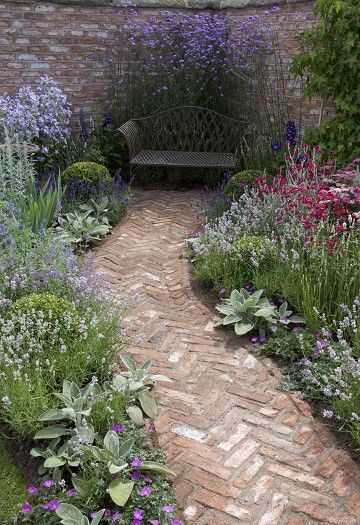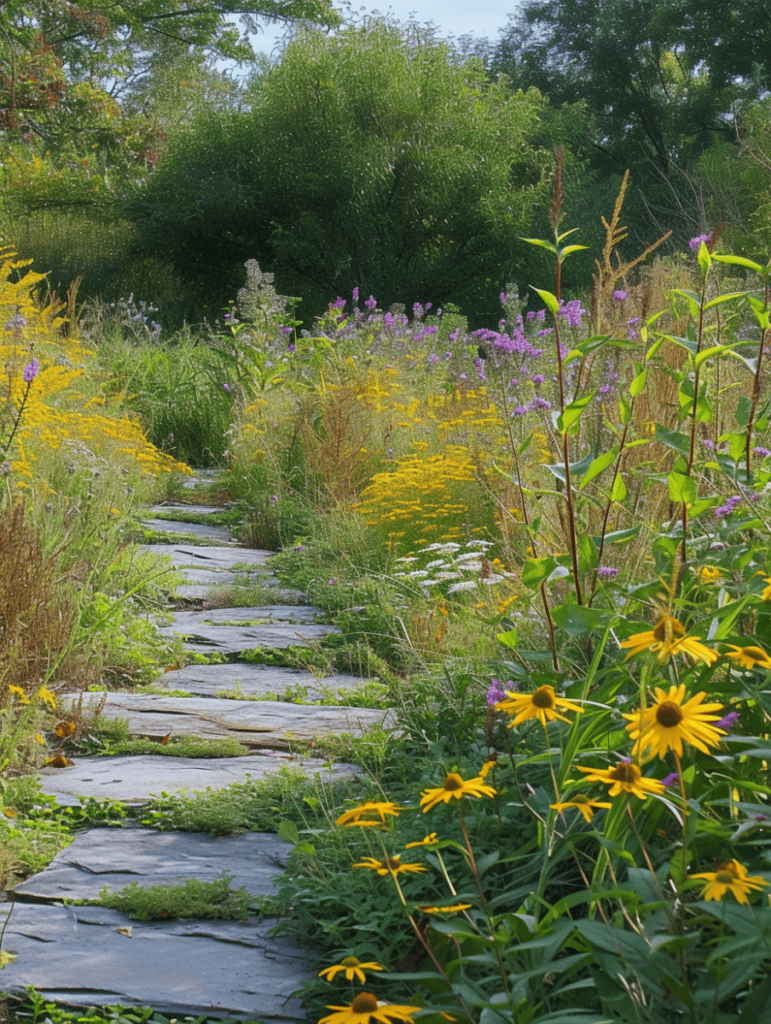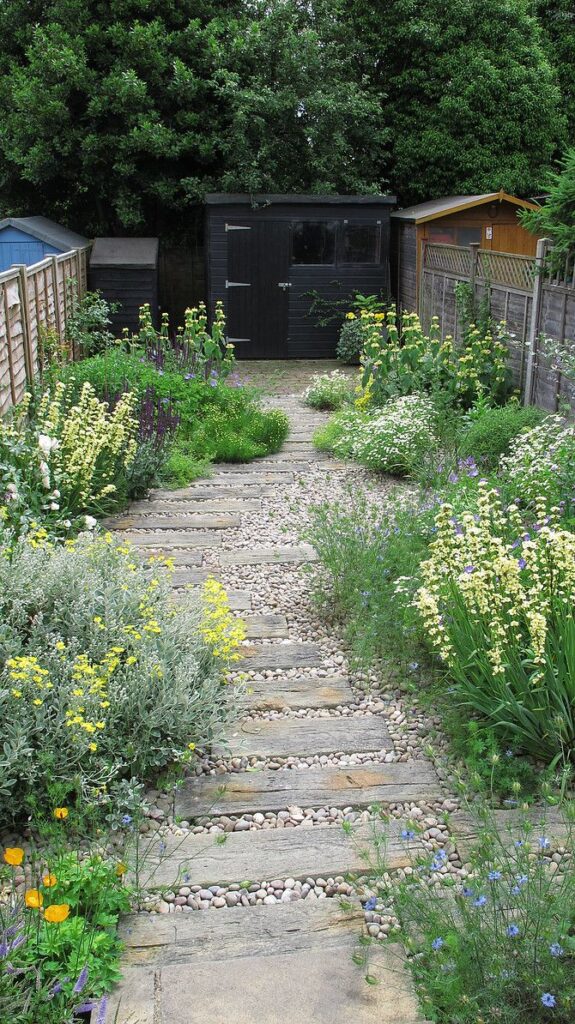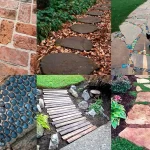Garden Path 6 is a theme that has gained popularity in recent years for its innovative and creative design. This theme focuses on creating a pathway in the garden that is not only functional but also aesthetically pleasing. The pathway is carefully crafted to lead visitors through the garden, guiding them on a journey of discovery and exploration.
One of the key features of Garden Path 6 is its use of natural materials and textures. Stone, gravel, and wood are commonly used to create a rustic and organic look that blends seamlessly with the surrounding landscape. The pathway may wind its way through lush greenery, past blooming flowers, or alongside a trickling stream, creating a peaceful and serene atmosphere.
In addition to its visual appeal, Garden Path 6 also serves a practical purpose. By creating a designated pathway, gardeners can prevent trampling on delicate plants and protect the soil from erosion. The pathway can also help define different areas of the garden, such as a vegetable patch, a flower bed, or a seating area, making it easier for visitors to navigate the space.
Designing a Garden Path 6 requires careful planning and consideration of the garden’s layout and existing features. The pathway should be wide enough to comfortably accommodate foot traffic, with curves and turns that create visual interest and invite exploration. Lighting can also be incorporated along the pathway to extend its use into the evening hours and create a magical ambiance.
Maintenance of a Garden Path 6 is relatively low, as the natural materials used are durable and weather-resistant. Regular sweeping and weeding may be necessary to keep the pathway clean and clear, but for the most part, the pathway will blend seamlessly into the garden, aging gracefully over time. With proper care and attention, a Garden Path 6 can serve as a beautiful and functional feature in any garden, inviting visitors to relax, explore, and connect with nature.

















